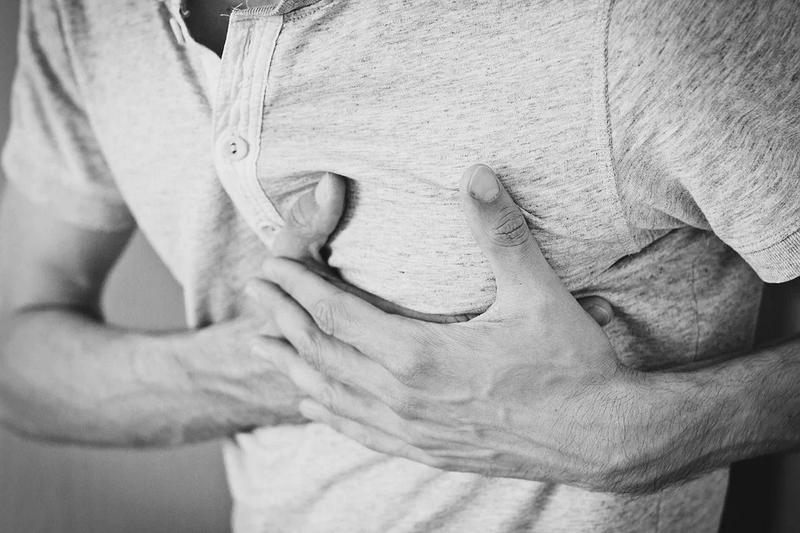PERMANENT PACEMAKER (PPM) INSERTION

This is a small electronic device, about the size of a match box, that is inserted beneath the skin (usually below the left or right collar bone) and connects to the heart via one or more electrical wires (pacemaker leads) passed inside blood vessels. The Permanent Pacemaker (PPM) Insertion procedure is usually performed by the cardiologist using a local anaesthetic and light sedation and takes about one to two hours.
Pacemakers send electrical impulses to the heart muscle to speed up the heart rate if it is too slow. Some patients with heart failure may benefit from a special type of pacemaker which can re-coordinate the left and right sides of the heart and improve heart function and decrease breathlessness. This is called cardiac resynchronization therapy (CRT). The procedure is more complicated than that involved for a standard pacemaker and can take a few hours to perform.



